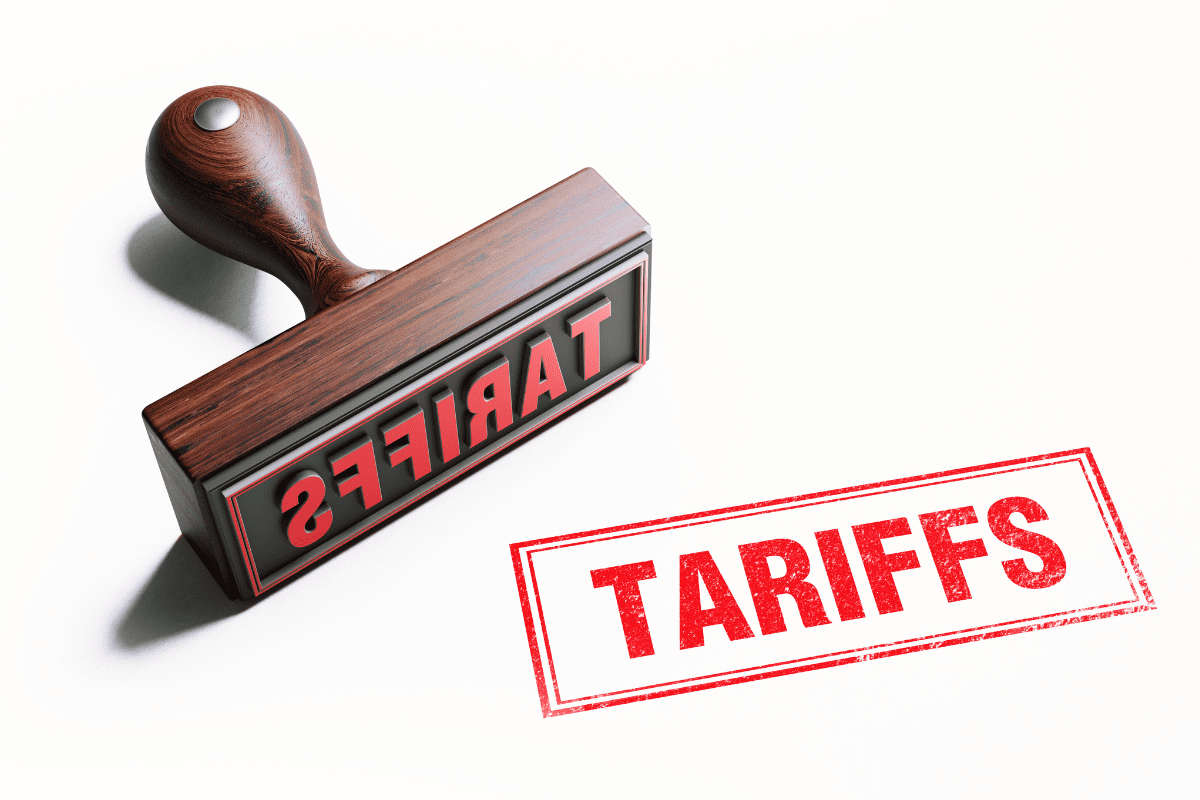The Visibility Paradox: How Temu’s Ubiquity Reinforces the Value of Trust in Branding

The digital marketplace has never been louder, faster, or more crowded. Brands fight for attention across feeds, screens, and devices, yet only a select few manage to break through and command cultural awareness. Temu, the e-commerce disruptor backed by PDD Holdings, has achieved precisely that. Within a short span, it has gone from an unknown newcomer to a constant presence in North American consumers’ lives. Its ads are inescapable.
But here lies the paradox. Ubiquity guarantees visibility, yet visibility without substance cannot guarantee prestige. Temu’s rise demonstrates both the power and the limits of saturation. For visionary brands in the United States and Canada, the lesson is clear: presence captures the eye, but trust captures the heart.
The Mechanics of Ubiquity
Temu’s strategy is not subtle. It is built on scale and speed. The company has become one of the largest advertisers on Meta, Google, TikTok, and YouTube. It invests heavily across every possible channel, ensuring that consumers encounter Temu multiple times a day.
High-profile campaigns, such as their Super Bowl spots, provide anchor moments of cultural relevance. These are then amplified by retargeting systems that follow consumers across platforms. One casual click or search creates weeks of Temu exposure. The approach is data-driven, coordinated, and relentless.
This omnipresence is not an accident. It is the core of Temu’s strategy. By filling the digital environment with constant reminders, the company ensures that its name becomes embedded in consumer awareness.
The Retargeting Web
Temu’s advertising model does not stop with volume. It relies on retargeting at scale. Once a user interacts with an ad, identity matching technology connects behavior across devices and platforms. Instagram interest quickly translates into YouTube visibility and Google Shopping exposure.
This strategy increases efficiency. Familiarity breeds recognition, and repeated impressions drive conversions. But the very same mechanism creates risk. Consumers are quick to recognize when ads feel omnipresent, and the emotional shift from interest to irritation can happen fast.
In the long term, this is where the paradox emerges. Saturation builds awareness, but without balance, it erodes trust.
The Gamified Experience
Temu extends its marketing philosophy into its app. The brand understands that visibility alone does not retain customers. To keep engagement high, it employs gamified features: countdown timers, referral bonuses, spin-to-win discounts, and daily login rewards.
These incentives create urgency and make shopping feel interactive. Scarcity messaging amplifies purchase intent, while referral programs turn customers into ambassadors. For short-term growth, the strategy works. Downloads increase, repeat visits spike, and social sharing accelerates.
But gamification is not enough to build prestige. It attracts deal-seekers more than loyalists. True brand elevation requires consistency, reliability, and an authentic value proposition. Without those elements, gamification remains a tactic, not a foundation.
The Consumer Response
Consumer sentiment reflects the double-edged nature of Temu’s visibility. On one side, people are drawn to the novelty of ultra-low prices and the thrill of daily incentives. On the other, frustration grows over constant exposure. Online discussions reveal a swelling number of users searching for ways to block Temu ads entirely.
This polarization is significant. A brand that dominates presence but fails to nurture trust risks being seen as intrusive. The very visibility that builds recognition can also create resistance. For discerning brands, this is a cautionary tale: winning attention is not the same as winning loyalty.
Strategic Lessons for Future-Forward Brands
Temu’s ascent provides a window into the future of advertising, but it also highlights timeless truths about brand-building. North American businesses should look beyond the mechanics of Temu’s campaigns and study the underlying dynamics.
1. Omnichannel Presence is Essential
Consumers navigate a fragmented digital ecosystem. To stand out, brands must coordinate across platforms. Presence in one channel is no longer enough.
2. Frequency Needs Calibration
Advertising frequency has an inflection point. Up to a point, repetition increases recognition. Beyond that point, it erodes goodwill. Successful brands will set frequency caps informed by data, not by the pursuit of raw volume.
3. Incentives Spark Action, but Trust Sustains It
Gamification and promotions can drive initial engagement, but they cannot replace the fundamentals of credibility. Reliability, transparency, and authentic customer care are what convert attention into advocacy.
4. Sentiment Data is as Important as Impressions
Click-through rates and conversions measure efficiency, but sentiment measures equity. Monitoring how customers feel about exposure is critical for ensuring campaigns build reputation rather than resentment.
5. Longevity Demands More Than Saturation
Temu proves that saturation can accelerate market entry. But prestige brands know that longevity depends on something deeper: consistent delivery, cultural resonance, and alignment with customer values.
The Visibility Paradox
Temu’s advertising blitz represents the height of presence-driven marketing. It shows how quickly a brand can go from obscurity to ubiquity with enough investment and coordination. Yet it also reveals the inherent paradox of visibility. Attention is easy to buy, but trust is not.
For visionary brands across North America, this moment is more than a case study. It is a call to elevate strategy. The future belongs to those who understand that visibility without credibility is noise, but visibility with trust is influence.
Conclusion
Temu’s ubiquity demonstrates the mechanics of modern marketing at its most aggressive. It proves that saturation builds awareness, but it also underscores that awareness is only the first step. The real challenge for brands is to pair presence with trust.
For companies seeking long-term prestige, the path is clear. Visibility will win you the moment. Trust will win you the future.










